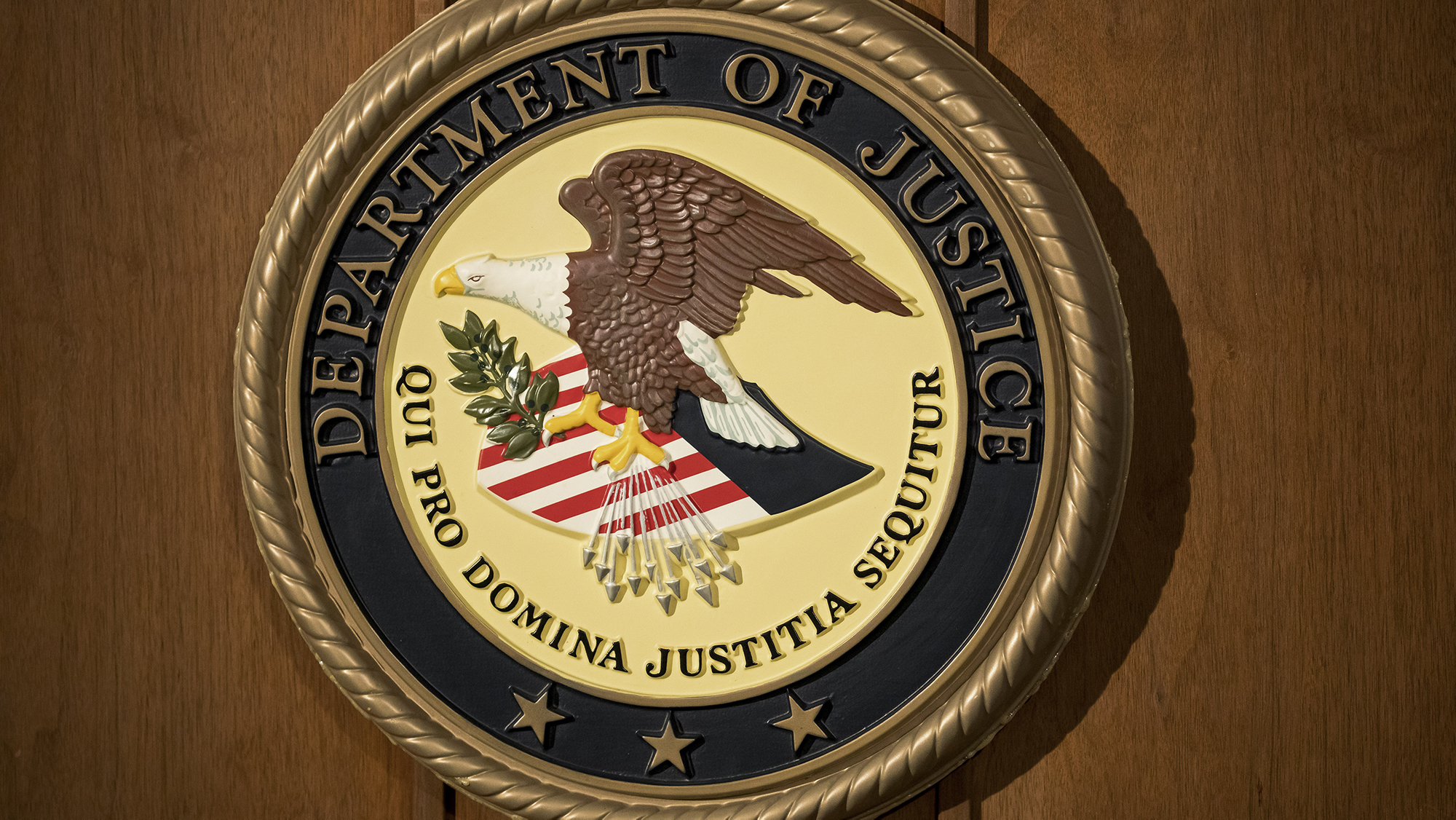Justice Department, FTC Signal Overhaul of Merger Guidelines
Say surge of consolidation has been bad for competition and choice

The Biden administration signaled Tuesday (Jan. 18) that it would be updating and strengthening merger guidelines in the face of a surge of consolidation it argues has reduced competition and consumer choice.
That came in an announced “public inquiry” they said was expected to result in “strengthening enforcement against illegal mergers,” and that could potentially create new rules targeting digital markets and their “unique characteristics.”
While both agencies and Congress have been heavily focused on Big Tech and what is seen as its practice of buying up small competitors before they become large enough to trigger antitrust reviews, the Federal Trade Commission said that many industries all across the economy have become more concentrated and less competitive, “imperiling choice and economic gains.”
The agencies said a merger surge would only exacerbate the “problems” they see with consolidation.
They are seeking input — with a 60-day comment window — but not on whether to take action, but instead on what actions to take to “modernize” the guidelines and “better detect and prevent” anti-competitive deals in “modern” markets.
The FTC and the Justice Department outlined some key areas for comment from stakeholders:
1. “Purpose and scope of merger review: The agencies seek information on whether the guidelines explain and implement the statutory ban on transactions that ‘may’ substantially lessen competition or tend to create a monopoly, and what harms are contemplated by those standards. The agencies further seek input on whether distinctions between horizontal and vertical transactions reflected in the guidelines should be revisited in light of trends in the modern economy.
The smarter way to stay on top of the multichannel video marketplace. Sign up below.
2. “Presumptions that certain transactions are anti-competitive: The guidelines identify certain market circumstances that justify a presumption of competitive harm based on market concentration. The agencies seek information on whether concentration thresholds should be adjusted to improve the efficiency and effectiveness of enforcement, whether alternative metrics or qualitative factors should also trigger presumptions of competitive harm [that goes directly to the issue of buying up to monopoly], and evidence regarding the accuracy of such presumptions.
3. “Use of market definition in analyzing competitive effects: The agencies seek input on potential updates to the guidelines’ market definition analysis to better account for non-price competition. They also seek to input on when direct evidence of a transaction’s likely competitive effects, such as evidence of head-to-head competition, may eliminate the need for a separate market definition exercise.
4. “Threats to potential and nascent competition: The agencies seek input on potential updates to the guidelines’ discussion of potential and nascent competitors, which may be key sources of innovation and competition.
5. “Impact of monopsony power, including in labor markets: The agencies seek input on how to address the issue of buyer power in more detail in the guidelines. Labor markets are a key example of buyer power, and the agencies seek information regarding how the guidelines should analyze labor market effects of mergers.
6. “Unique characteristics of digital markets: The agencies seek information on how to account for key areas of the modern economy like digital markets in the guidelines, which often have characteristics like zero-price products, multisided markets and data aggregation that the current guidelines do not address in detail.”
Sen. Mark Warner (D-Va.), co-sponsor of the Competition and Antitrust Law Enforcement Act, welcomed the decision.
"As a former technology entrepreneur, I know the incredible possibilities that can be achieved when companies bring together their resources and expertise in a merger," Warner said. "However, over the past few years, with the increasing concentration of power in the hands of a small group of companies, acquisition has become the only exit strategy for most startups, as the built-in advantages are too great to overcome. I look forward to working with the DOJ and FTC to ensure that these new merger guidelines strike the right balance between fostering innovation and preventing harmful consolidation.” ■
Contributing editor John Eggerton has been an editor and/or writer on media regulation, legislation and policy for over four decades, including covering the FCC, FTC, Congress, the major media trade associations, and the federal courts. In addition to Multichannel News and Broadcasting + Cable, his work has appeared in Radio World, TV Technology, TV Fax, This Week in Consumer Electronics, Variety and the Encyclopedia Britannica.

